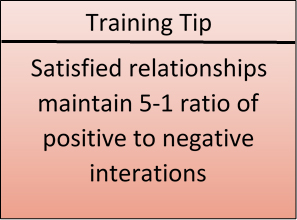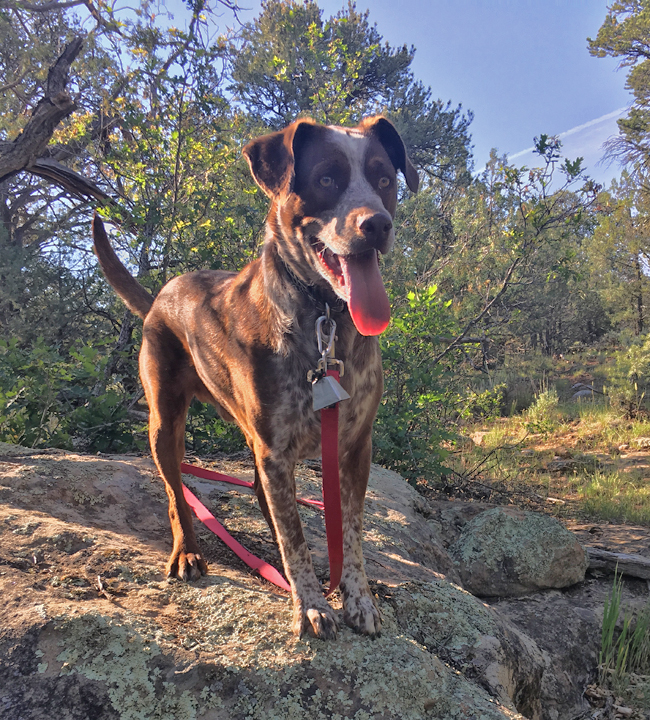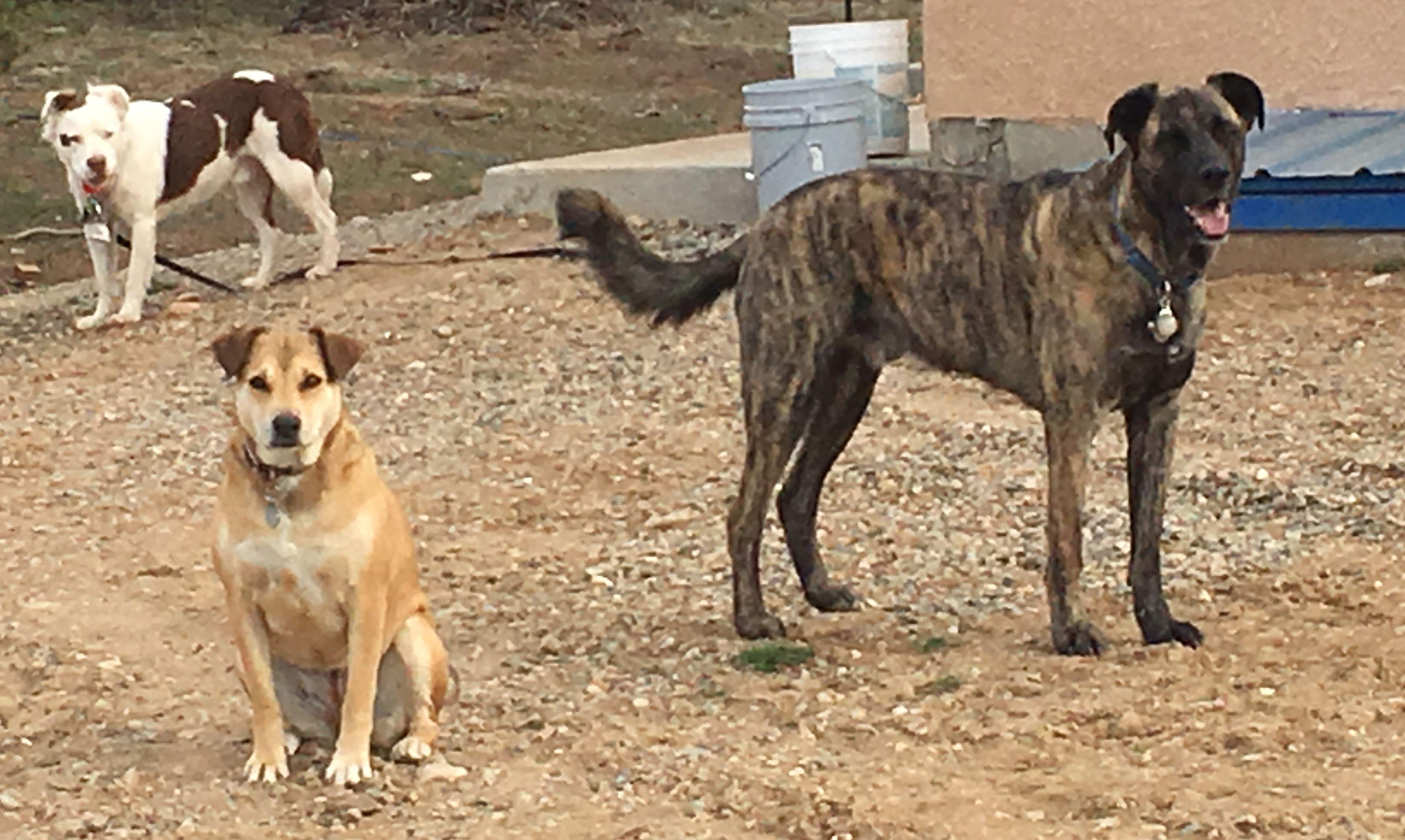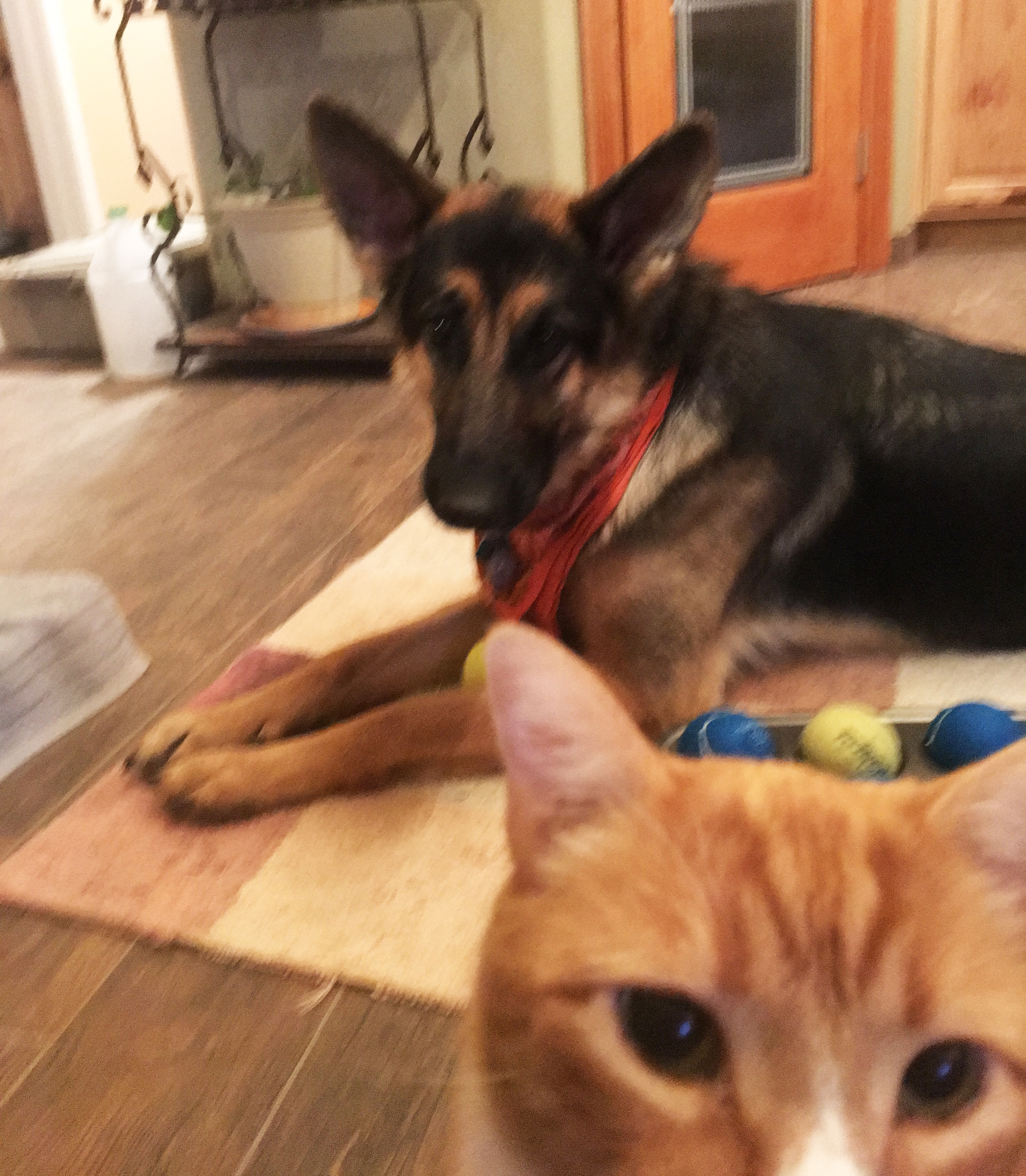 In researching this blog, I was trying to find the book I read previously which talked about ways to identify a couple that was struggling. I think it was Wayne Dyer who said there’s subtle signs each partner displays to the other; a quick look, a casual touch, a small gesture signified to connect with the other. The recipient of the gesture can either respond positively, negatively or ignore it altogether. The writer said that strong couples experienced something like 20 positive gestures to each other throughout the course of a dinner while couples who were struggling or who had already ended (without separating) were more likely to ignore the gestures or react negatively.
In researching this blog, I was trying to find the book I read previously which talked about ways to identify a couple that was struggling. I think it was Wayne Dyer who said there’s subtle signs each partner displays to the other; a quick look, a casual touch, a small gesture signified to connect with the other. The recipient of the gesture can either respond positively, negatively or ignore it altogether. The writer said that strong couples experienced something like 20 positive gestures to each other throughout the course of a dinner while couples who were struggling or who had already ended (without separating) were more likely to ignore the gestures or react negatively.
So happy and strong couples make positive eye contact with each other, they share secrets and impressions of the world, they experience life together – truly together. I would argue it can be very similar for your relationship with your dog.
I engage with my dogs a lot….I talk to them, I explain to them what’s going on, I make fun of drivers (or myself) with them, I run around and play with them, I sing with them and will give each their own Hip Hip Hooray Salute and I also correct them and remind them of what’s allowed and what’s not.
I’m often asked how I balance positive training and reinforcement with discipline and respect – this Training Tip is a good answer to that question. A 5-to-1 ratio of positive to negative interactions is key to a strong relationship. And of course I don’t mean negative like heavy handed, I mean negative like there are consequences to an action.
For example, I have a hatchback truck. If my dogs chose to, they could jump out before the backdoor opens entirely. This of course would be bad and is not something I can have….given that I bring my dogs to a lot of places and depending on where we are we may be going for a walk or picking up a dog etc.
I teach by explaining, showing, reminding, then reinforcing.
So if I have a new dog in my car I will open the back door slowly, put a flat hand out toward the dog (stay hand signal) and tell the dog to “Stay.” I will also quickly reach in and grab their leash or stand in front of the dog to limit his or her access to the open space. If they jump out, I have them jump back in, do a couple of behaviors (typically sit, touch and look) then release them. If they don’t jump out – praise and reinforce.
So remember, if you’re actively training your dog….be sure to be engage with him/her in other ways (positive ways) as well. Studies have also shown that both dogs and humans receive the positive benefits from direct eye contact, petting and positive interactions!



